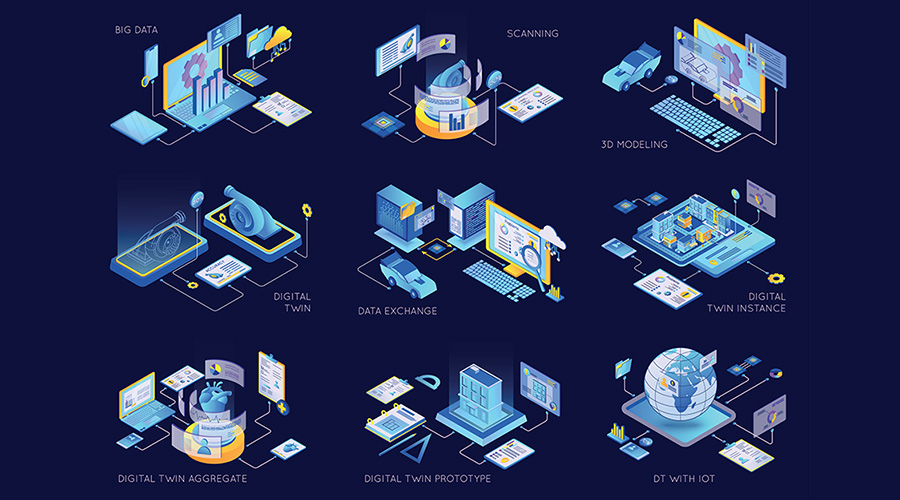 To ensure the successful software implementation, training must address all aspects of the change and promote conceptual, operational, and software knowledge.
To ensure the successful software implementation, training must address all aspects of the change and promote conceptual, operational, and software knowledge.3 Steps to Software Buy-In
Identifying goals and building buy-in are among the essential steps managers must take
In the stakeholder-engagement phase of the software rollout strategy, managers can begin to expose the new facility management technology to the organization’s leaders. Transitioning from the current state to the future state often requires changing some aspects of the organization’s culture. By following a structured approach to change management in this phase, the facilities department is more likely to succeed when the new software goes live.
A three-step approach that has proven effective incorporates these principles:
Explain. Describe the dissatisfaction with the current situation. To accept change, people need to understand the need for the change. What is wrong with the current state situation that needs to be fixed?
Embrace. Demonstrate executive commitment, and encourage employee participation. Discuss the reason the re-engineered processes, new technology and performance measures are important for the organization. How do we gain buy-in?
Link. Communicate the vision of the future situation and the way it links to the organization’s overall vision and mission. What will the results be when the new processes and software are implemented?
Obtaining the buy-in of key internal and external stakeholders is essential for successful software implementation, but a change in facility management software normally impacts a much broader audience. The communication phase of the rollout reinforces the decisions made in earlier phases and exposes the entire organization to the upcoming change.
Managers should prepare a communication plan that defines audiences and the intent of communications, identifies methods and styles of communications, and outlines the frequency of communications. In the beginning, managers should start by communicating high-level objectives and key components of the upcoming software change.
Then they can provide more specific details and link back to the reason this change is happening, keeping a constant focus on the employee’s perspective — “What’s in it for me?” For each communication, managers need to be sure to define the audience and the intent of the message, as well as whether this a formal or informal message and the timing and platform of the message to be delivered.
Related Topics:














